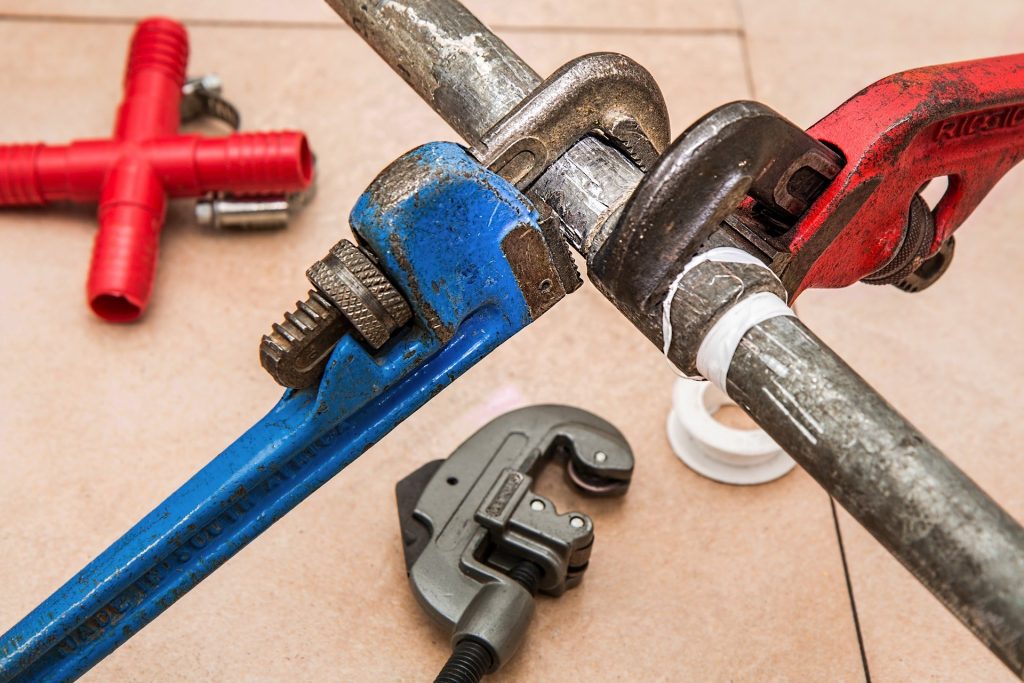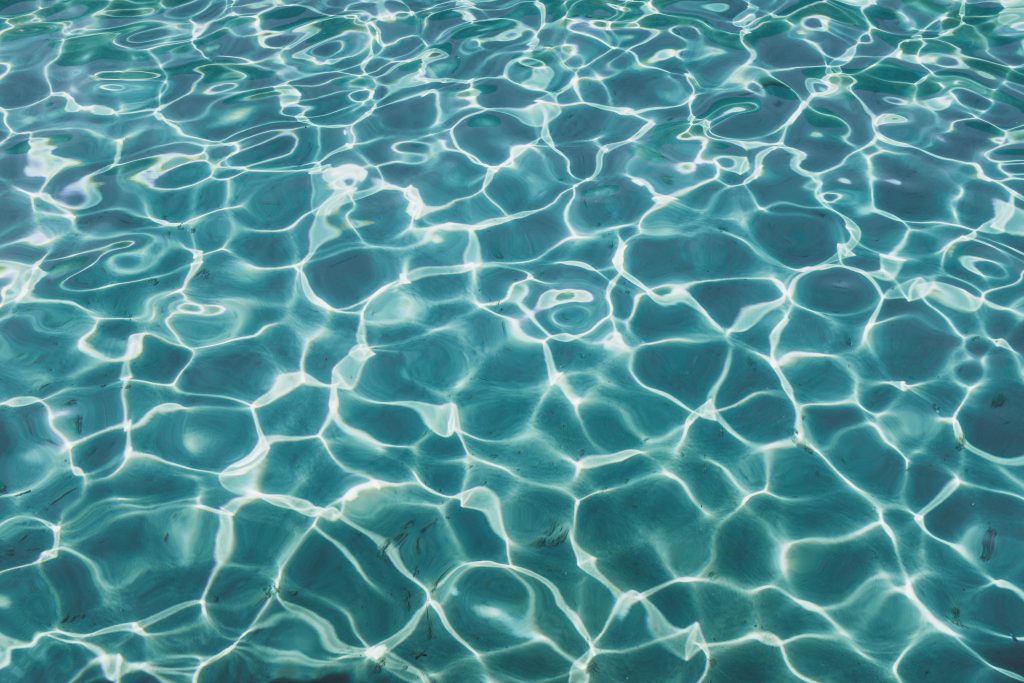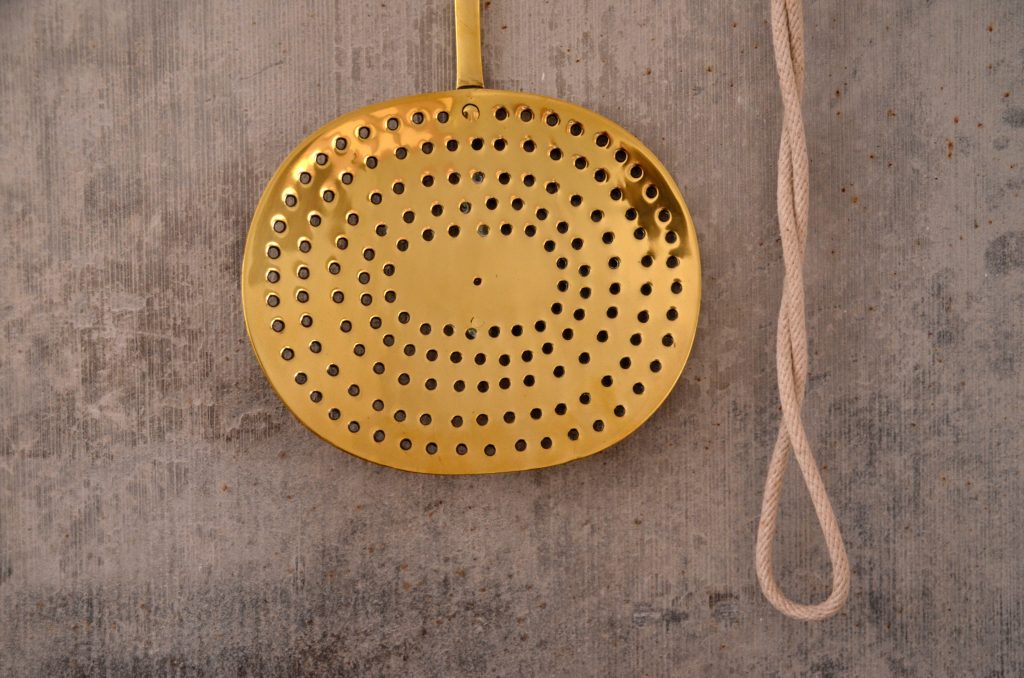Reverse osmosis systems involve many moving parts that work unanimously to ensure you get clean and safe drinking water. An issue in any component can interfere with the efficiency of the entire system. Thankfully, you can quickly solve any problem in your RO system through reverse osmosis troubleshooting.
Reverse osmosis systems can last for up to 15 years. However, that doesn’t mean your RO system is immune to malfunctions. In this guide, we’ll look at some of the problems that can lower the efficiency of your RO system. Keep reading to learn how you can solve the RO issues.
Reverse Osmosis System Troubleshooting: Common Problems

If you own a reverse osmosis system, you need to beware of the following RO system problems. But first, you should click here to learn how the RO system works.
- Constantly draining system
- RO tank not filling up
- Taste and odor in the water
- Leaking system
- Slow water flow or little water
- Noisy gurgles
Now, let’s look at the possible causes of these problems and the solutions.
- Constantly Draining System
Reverse osmosis system functions based on pressure. Water flows into the filtration unit, where it gets purified and stored in the RO tank for use on demand. When the RO tank is full, and the tank pressure hits two-thirds of the supply line pressure, the automatic shut-off (ASO) valve will close. That will prevent more water from flowing into the system. Another valve, known as the check valve, will also restrict wastewater from entering the drain line.
If rejected water continues running down the draining line, there might be a problem with the ASO valve or check valve. And that could result in water wastage.
Here are the possible causes of the problem and how to solve it.
- ASO Valve: A broken ASO valve will allow more water to enter the RO system even if the storage tank is full. To solve this problem, disconnect the valve to remove all the pressure and replace it with a new one.
- Check Valve: If the check valve breaks, it prevents the RO system from attaining the shut-off pressure. So, more water will be flowing down the drain line. To solve this problem, you need to replace the check valve with a new one.
- Flow Restrictor: If your system’s flow restrictor is worn out, it will allow a lot of rejected water to flow through the drain lines, producing a lot of noise. To solve the problem, replace the worn-out restrictor with a new one.
- RO Tank Not Filling Up
If you realize your reverse osmosis tank is not filling up, you need to find out the root problem and solve it. Here are some of the reasons your RO tank is not filling up.
- Low Feed Water Pressure: For the system’s semipermeable membrane to filter water, it requires a pressure of at least 40 pounds per square inch. If the feed water pressure is below that, the RO membrane will not filter much water.
To solve this problem, install a booster pump to increase pressure in your RO system. You can also check if the water supply valve is fully open to allow enough water to enter the system. Also, ensure the water supply lines are not bent.
- RO Tank Pressure Imbalance: Most reverse osmosis tanks require a standard pressure of 6-8 pounds per square inch to operate efficiently. If the pressure is too high, water leaving the RO filtration unit won’t enter the storage tank.
You can solve this problem by first measuring the tank’s pressure using a pressure gauge. If the pressure is too high, release some of it. If the pressure is too low, you can pump in some air using a compressor or bicycle pump.
- Clogged Pre- and Post-Filters: If your system’s pre-filters are clogged, the amount of water flowing to the semipermeable membrane will be lower. As a result, the amount of water flowing into the storage tank will also reduce.
To solve this problem, you should regularly replace pre- and post-filters to improve your RO system’s efficiency. It also helps to protect the delicate RO membrane from getting damaged.
- Taste and Odor in Water
Pure water is tasteless and odorless. If the water coming out of your faucets has smell and taste, it means your reverse osmosis system has a problem. The bad taste usually comes from the contaminants accumulating on the filters over time.
Water from wells also contains dissolved gases responsible for bad smell. If your system’s carbon filter is faulty, it won’t remove the dissolved gases. So, the water coming out of your faucets will always have a bad smell. You can avoid this by installing a new carbon filter.
To remove the bad taste in water, replace the clogged filters regularly (after every 6-12 months). If bacteria accumulate on the filters, it can pose significant health risks. That’s why you also need to sanitize the reverse osmosis system more often.
- Leaking RO System
Leaks are a common problem in most reverse osmosis systems. The good news is that you can quickly find the leakage points by inspecting your system’s connections. Here are some of the connection points that leak in most cases.
Leaking Faucets
If water is dripping from the faucet, some parts of your reverse osmosis system are loosely connected. A common leaking problem in most taps is the “air gap leak.” It occurs when water leaks through the hole on an air gap faucet.
An air gap is a vital component of the reverse osmosis system. It prevents the backflow of water into the reverse osmosis unit. Instead, the air gap directs the excess water into the drain lines.
When a lot of debris accumulates in the drain line, it clogs up, creating back pressure that forces water to flow out through the air gap. Unfortunately, the backflow can flood your countertop.
To fix this problem, remove all the debris accumulated in your drain line to allow water to flow smoothly. You can use a wire brush or a pipe cleaner to clean out the drain line, starting from the end connected to the system’s drain saddle.
You should also clean the system’s drain saddle and ensure that it’s properly aligned with the drain line. That’s because the drain saddles can sometimes shift away from the drain lines.
To avoid air gap leaks completely, treat the drain line regularly using a natural cleaner that can dissolve the solids blocking it. Also, avoid flushing big chunks of food down the drain line.
Leaking Filter Housing
Filter/membrane housing leaks are usually O-ring related. If the O-ring rubber is worn out or misplaced, it will most likely cause the housing to leak. Notably, reused O-rings can also stretch as you remove the casings to replace filters. And that could also cause leakages.
To prevent the filter housing from leaking, you need to inspect O-ring’s condition, whether it’s cracked or misplaced. But first, you have to close the system’s feed valve to prevent more water from flowing into the system. Also, close the RO tank valve.
After closing the valves, gently unscrew the filter housing to see if the O-rings are in lousy condition and well-positioned. Ensure that the O-rings sit tight at their right places before screwing back the casing.
Screw back the housing and open the feed water valve. If it still leaks despite replacing the O-rings, the chances are high that the casing is damaged. So, you need to replace it with a new one to stop the leakage.
- Slow Water or Little Water
Nothing is more disgusting than turning on your faucets to enjoy a glass of drinking water but get a half-filled glass. The problem is common in reverse osmosis systems that have worked for many years. So, what are the possible causes of this problem?
The primary cause is a damaged tank air bladder that separates the air chamber and water chamber. If the bladder leaks, it cannot produce enough force to pump out water in the tank. So, it will deliver little water to your faucets. You’ll have to replace the tank to solve this problem.
Here are the other possible causes of the problem.
- Closed tank valve or feed water valve
- Clogged pre- and post-filters
- Bent tubing that restricts water flow
- Empty storage tank
- Clogged flow restrictor
- Clogged RO membrane
- Noisy Gurgles
Is your reverse osmosis system producing noise? A lot of noise can come from the air gap faucet or the drain line when running the system for the first time. You shouldn’t worry about that because it is air being removed from the reverse osmosis system.
However, if the noisy gurgles continue for many days, it can be due to much water flowing through the drain line. Do the drain flow rate test to determine the amount of water flowing through your drain lines.
Restriction of water flow along the drain tube or saddle can also produce a lot of noise. So, you have to ensure that all the pipes are straight. If there’s still sound, you’ll have to inspect the entire system and correct any possible error you might find.
Final Words
If your RO system’s efficiency is low, use this reverse osmosis troubleshooting guide to solve any RO system problem. Generally, you need to regularly maintain the entire reverse osmosis system to avoid such issues. Besides, it will also make RO troubleshooting quick and easy.
[related_posts_by_tax posts_per_page="3" format="thumbnails" image_size="medium"]









